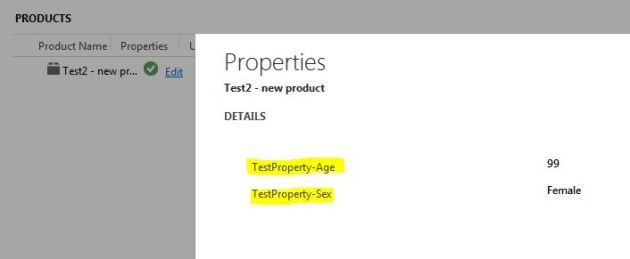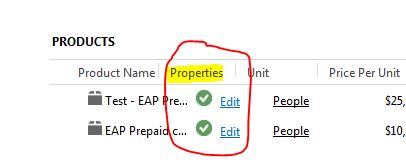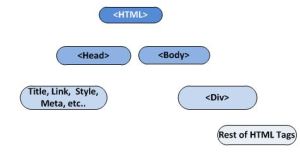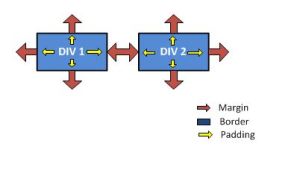Update Dynamic Properties of Product (Product Properties) in Dynamics CRM/365 – C#
May 9, 2017 Leave a comment
Its a two step process to update Dynamic Properties of Product (Sales Order Product) Or Product Properties of your sales order.
- Query “dynamicpropertyinstance” entity by “regardingobjectid” – here, your regardingobjectid will be your salesorderdetailid.
- By querying crm, you will retrieve all properties for that sales order product. Here in my example case, TestProperty-Age and TestProperty-Sex
- Run the loop for all rows inside your retrieved Entity Collection, set the desired values and call update method.
Example CRM UI:

Please see C# script below:
public void goCreateObject(IOrganizationService service)
{
QueryExpression objQueryExp = new QueryExpression();
objQueryExp.EntityName = "dynamicpropertyinstance";
objQueryExp.Criteria.AddCondition(new ConditionExpression("regardingobjectid", ConditionOperator.Equal, "5b8ff2cb-b533-e711-8113-e0071b668xxx"));
objQueryExp.ColumnSet = new ColumnSet(true);
EntityCollection entColDynamicProperties = service.RetrieveMultiple(objQueryExp);
try
{
foreach (Entity entity in entColDynamicProperties.Entities)
{
if (((EntityReference)entity.Attributes("dynamicpropertyid")).Name.Contains("TestProperty-Age"))
{
entity.Attributes("valueinteger") = Convert.ToInt32(99);
}
if (((EntityReference)entity.Attributes("dynamicpropertyid")).Name.Contains("TestProperty-Sex"))
{
entity.Attributes("valueinteger") = Convert.ToInt32(1);
}
service.Update(entity);
}
Interaction.MsgBox("Success");
}
catch (Exception ex)
{
Interaction.MsgBox("Exception! " + ex.StackTrace);
}
}


